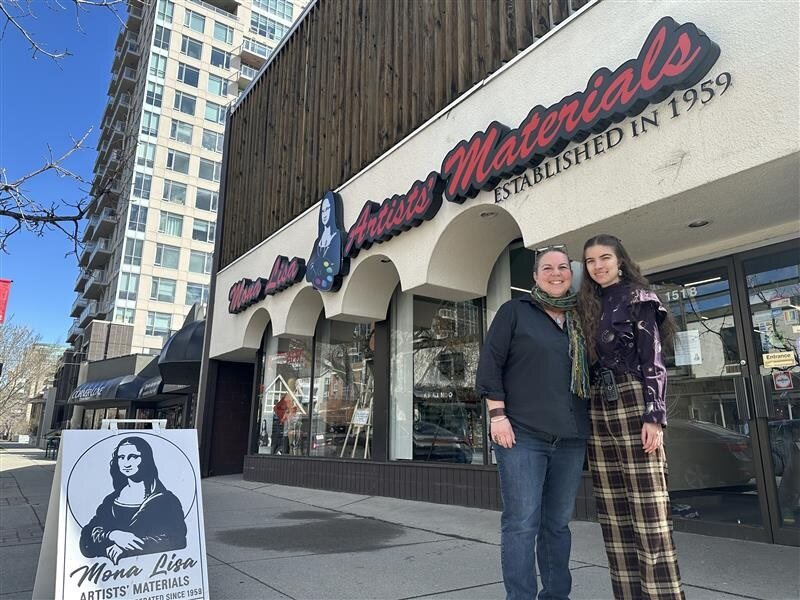Concerns continue over proposed Bow River flood mitigation project

Posted May 30, 2024 7:30 am.
Last Updated May 30, 2024 7:42 am.
There’s increased worry about the proposed site for a flood mitigation project along the Bow River, west of Calgary.
A meeting was held Wednesday night in Bearspaw, with many attendees concerned one option could spell the end of a popular trail network.
It was the sixth such meeting the foundation has hosted to discuss the potential impact the Bow River Flood Mitigation Project could have on Glenbow Ranch, as well as Bearspaw and Haskayne Legacy Parks.
Group CEO Jeromy Farkas says one issue with a reservoir at Glenbow East would send water away from Calgary, and back into the town of Cochrane, something he calls a non-starter.
“The biggest issue that comes up was the need to keep the promise that was made to the Harvie and Haskayne families,” he said. “These parks only came to be because there was a promise those lands would be protected forever — they’re supposed to be protected forever for all of us to be able to enjoy.”
No decision has been made, but Farkas says if Glenbow East goes ahead, it would discourage others like the Harvie and Haskayne families from making similar donations
Farkas claims the Glenbow East’s bathtub would be too wide and shallow, not ideal in solving drought.
“This means the water would be a lot warmer with a lot of surface area,” Farkas said. “Long story short, it would be more prone to evaporation which this Glenbow Dam and Reservoir just not very effective.”
He adds the $992 million Glenbow East Project would also mean railway lines would need to be relocated, impacting wildlife and jeopardizing more park land.
“And in the event of the brand new Haskayne Legacy Park, that pavilion hasn’t been open even eight months and now the government is destroying it for a completely different project,” Farkas added. “It makes no sense.”
Farkas and the foundation are pushing the province to replace and modernize the Ghost Reservoir west of Cochrane, which would cost $917 million.
“It also has the benefit of being a lot deeper and narrower, which means the water would remain cooler and there would be far less surface area,” he explained.
He says Ghost is far superior when it comes to solving both flooding and drought.
Farks also explains the natural terrain features at Glenbow Ranch and Haskayne Legacy Parks are a net contributor to watershed health.
“Essentially the grass serves as a sponge would, it absorbs water in the event of flooding, it helps slow it down and spread it out and during drought, it helps release some of that from the vegetation back into the river,” he said.
A decision from the Alberta government is expected sometime next year.
Farkas says the foundation will continue its work to spread the word and support the province to make the right decision.








